The Belgian Air Force has taken delivery of its first of seven Airbus A400M military transport aircraft.
The aircraft was handed over to the customer at the A400M Final Assembly Line in Seville (Spain) and subsequently performed its ferry flight to the 15th Wing Air Transport in Melsbroek (Belgium), where the aircraft will be based.
“This A400M, known as MSN106, will be operated within a binational unit composed of a total of eight aircraft, seven from the Belgian Air Force and one from the Luxembourg Armed Forces.”
The second A400M for Belgium will be delivered in early 2021.
Alberto Gutierrez, Head of Military Aircraft at Airbus Defence and Space, said:
“With the delivery of this aircraft all launch customers are now equipped with the A400M. MSN106 will join Luxemburg’s aircraft in the binational unit operated jointly with Belgium. Despite challenges due to Covid-19, our teams have achieved all 10 aircraft deliveries scheduled this year, bringing the global fleet in operation to 98 aircraft.”


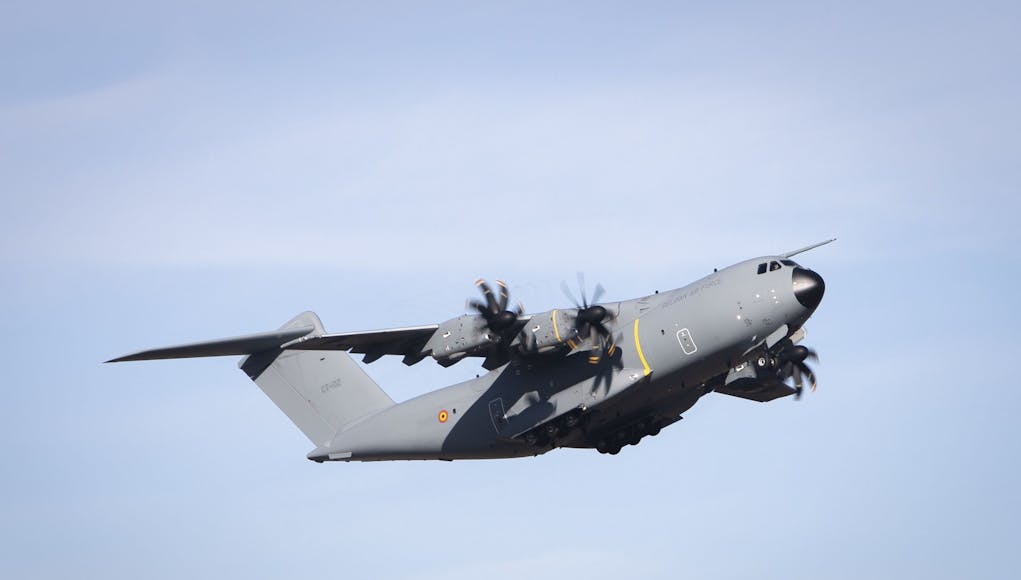

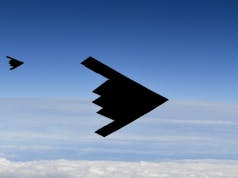
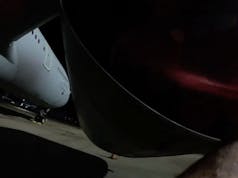

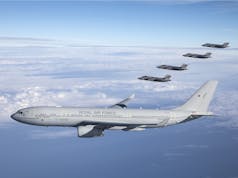

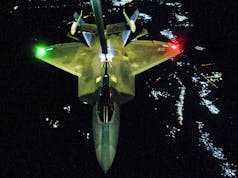


These are absolutely amazing Aircraft in so many ways. I can hear them from miles away as they fly over. Go look up how they take off and land on Youtube, Fantastic.
Evening Capn.
Seen them landing on Pembrey Sands. What do you mean how they take off and land? I guess you mean they are STOL?
When they do it to the extreme mate. Almost Vertical like a Lightning !
7 is actually a decent number in respect of the numbers of types and airframes being operated by the Belgians….More of a political/industry choice rather than a Belgian Air Force requirement possibly?
I expect they could be used for emergency chocolate deliveries…
That a a lot of chocolate…….nice!!!!
You know mate, that thought crossed my mind too. Especially vs the 22 the RAF has. Too few for us I suspect considering the world wide commitments and demands made on the transport force.
I would like more, even with C17 and Hercules.
Spot on mate, I believe we did originally order more.
Yes, 25.
Yup, but countries that do not want to get involved in the sharp end will very often quietly support logistics.
It is a great NATO asset.
In a real hot war you would be commandeering 747 cargo planes etc to surge capacity onto landing strips and only using the MilSpec transports in contested areas.
Has anyone looked at the total heavy lift capacity of the RAF year by year? My guess is that even though airframe numbers are down capacity is actually way up.
Not sure about capacity but availability certainly is mate. And you are spot on with your post, there are many who always prefer to do the logisitics, as oppossed to the kinetics.
Yes, it must be.
From late 90’s 50 Hercs, 30 ish Tristar and VC10 ( 9 / 20? ) vs now 8 C17, 22 Atlas, 14 Hercs, 14 Voyager ( 9/5 surge )
I thought we had 40 C130ks at the peak prior their replacement by C130Js? Even so capacity is probably greater now. The 22 Atlas can lift 22X38 tons plus 14 C130 14X20 tons. When you add the 8 C17s 8X 80 tons and the enormous hold capacity of the voyagers, lift capacity overall must be up on the 1990s!
Evening H.
At peak I think was actually 60, back in the 80s.I was basing my numbers on around the time half the fleet was replaced by the 25 C130J, whenever that was. I thought 25 K remained.
I agreed with your assessment. With Atlas, Voyager and C17 capacity must be greater, though I’m wrong it seems having just seen SBs comment.
As you say, outsize loads a great asset.
Just wiki’d my comment out of curiousity. Actually 66 C130 originally ordered.
Many more than I thought, but, as you say, 66 is the number bought since the late 1960’s before the arrival of the J variant. At some stage, we would also have the Belfasts and a sizeable number of Andovers as well!
I have just done the rough sums and there is actually virtually nothing in it if you look at the stated capacities of the older aircraft.
If you look at availability and reliability the new fleet will be a lot better than all the ex airliners were.
If you take the real capacities and ranges I would agree with Heroditus that the lift capacity x distance x number of each type; then total lift capacity at range is actually slightly greater than it was then.
IRL a lot of the older planes didn’t have as much cargo capacity as stated at full range because of the sheer weight of fuel. Whereas the C17 etc have a big capacity even with a full fuel load.
Having zero personal knowledge of this I have just used Wiki numbers for the old types and Airbus Boeing published numbers for the new types.
When you factor in the type of loads that can now be carried, it looks much more impressive. Being able to air transport large items such as Chinooks is a game changer for UK forces!
Don’t doubt it for a moment.
The VC10’s didn’t really have that much carrying capacity and certainly not fully fuelled.
The space inside the C17’s is ultra impressive.
Lot of the smaller NATO countries who cant contribute a self sustaining combat force opt to provide a large amount of specialised support instead like air transport, air to air refueling or training facilities.
They do, but the sad thing is most smaller NATO countries cannot do that either. They do not have the abilty to provide the specialised support that you say, nor the combat effect that they should. Aside may I say from the Baltics, they are making the effort to punch well above their weight (although we all know it’s due to the fact they would be first on Putin’s list). Sad to say 3 or 4 countries in NATO provide 90% of capabilities, the others just to seem to provide territory and a voice. Cheers mate.
Nice to see the Europeans getting some of their own heavy lift assets. Will start to take some pressure off US and NATO C-17s.
Here we go….
Just for the record, if you are ever in Brussels and have some spare time have a butchers at the Royal Museum of the Armed Forces and Military History
set at the top of Cinquantenaire Park . It hosts both land and air warfare (I can recommend the bar in the air part)
These Engines develop 11000 HP each, The most powerful Turbo props in the World apart from some Russian types. Imagine a Spitfire having 11 times the power in 1940. Obviously they would have been hugely different but Wow.
The later Spitfires actually suffered badly from torque rotation on up revving. It was not a good idea to slam the throttle fully open.
With 11k HP the wings would be rotating around the prop!
One of the Major Technical Challenges of the A400 Design was the Different Rotation Direction of the Engines on Both Wings to Cancel out Excess Torque Forces.
Very true.
I recall seeing some newsreel of a Seafire(?) taxing for taking off and flipping onto its wing when the throttle was opened right up.
The final versions of the Spitfires incarnations, particularly the carrier ones adopted contra-rotating propellers for this very reason.
As WZ says below they introduced the contra-rotating prop on the Seafire, which was introduced on the Mk46 with the Griffin 85 engine. They also increased the height and chord of the fin, to increase lateral stability.
Agreed the variants with the most powerful engines had contra rotating props.
That didn’t totally stop the problem as the act of opening the throttles caused a reaction purely from the mass of the engine parts being accelerated in rotation. Much like revising a muscle car with a big engine you can feel the car rocking on the suspension.